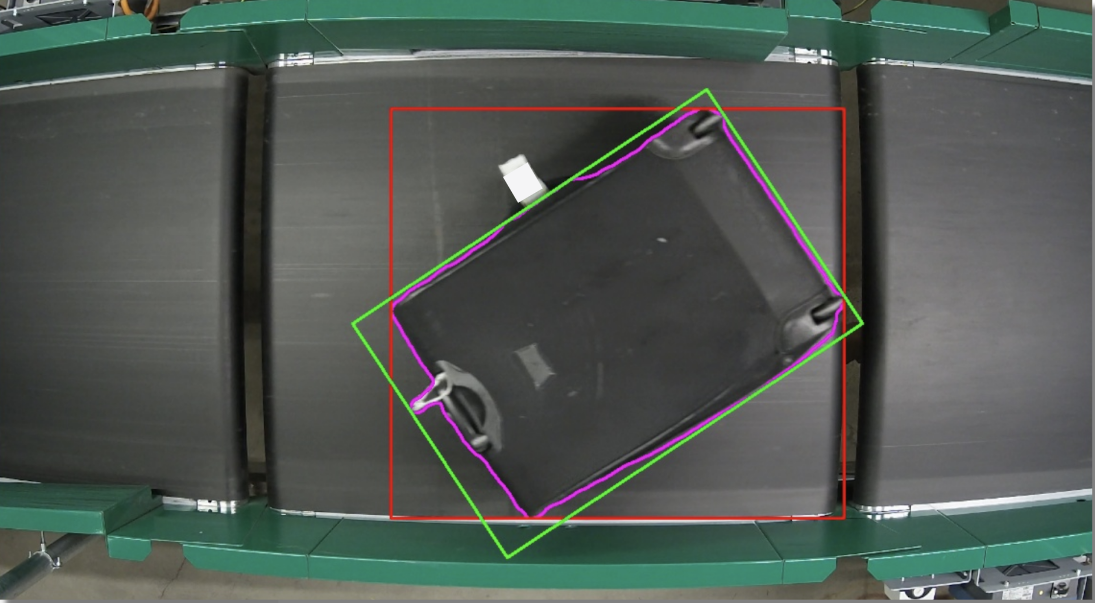#1
#2
#3
The objective was to challenge the status quo in baggage handling systems, and provide support to already existing set-ups and processes, while making every day work tasks more efficient for CPH Airport staff. The three main roles that would benefit from acquiring a supporting baggage tracking system at CPH Airport are:

The controller has no additional opportunity in the existing tracking system to correct faulty tracking.

Their main objective is to redirect faulty tracking, reposition lost baggage at the conveyor belt and take action when baggage is misplaced.

This is the end-user who is ultimately affected by how the BHS works. The impact made by the BHS could either lead to a fantastic travel experience with the airport or induce a high level of stress for them.

It’s a three-step procedure involving a minimum of two cameras:
The baggage is marked by Artificial Intelligence with rectangular boxes. In total, four AI models are involved in registering and identifying unique bags as either hard- or soft bags. When a bag passes the green vertical lines, a software event is triggered to capture the current video frame. Another machine learning model attaches a unique bag id to all bags, so they can be tracked while in the camera’s view.
Additionally, the orange box calculates the number of bags in the frame and creates a software event if more than one bag is present.
A fingerprint model creates a unique representation of a bag, ensuring that noise is reduced and important features are highlighted for later re-identification.
#1
#2
#3
“For this project, it was important for us to have a partner in crime who were experts in what they do – Machine Learning – and who could deliver effectively. That’s the reason we went with Trifork and we are very satisfied with the result.”
Content